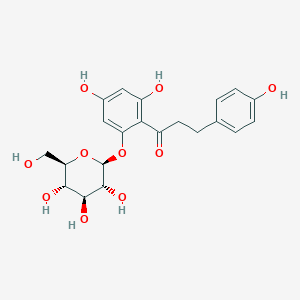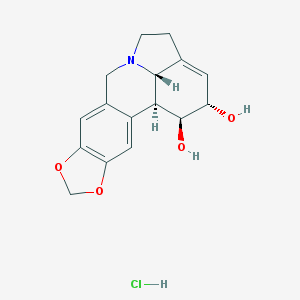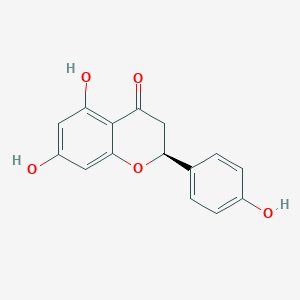Description
Phlorizin is found primarily in unripe Malus (apple) root bark, with trace amounts found in strawberry. People take phlorizin to treat fever, malaria, diabetes, and other ailments. Phlorizin reduces sugar uptake and increases sugar removal from the blood.
Phloridzin, also known as phloretin-2′-glucoside, is a unique compound primarily found in apple trees. It’s a type of flavonoid, a class of compounds known for their antioxidant properties. The main benefits and applications of Phloridzin are diverse, primarily focusing on health and wellness:
- Antioxidant Properties: Phloridzin is known for its strong antioxidant effects. Antioxidants help neutralize free radicals in the body, which can reduce oxidative stress and potentially lower the risk of chronic diseases.
- Anti-Diabetic Effects: One of the most significant applications of Phloridzin is in the management of diabetes. It inhibits the absorption of glucose in the intestine, which can help lower blood sugar levels. This has made it a subject of interest in diabetes research.
- Anti-Cancer Potential: Preliminary studies suggest that Phloridzin may have anti-cancer properties. Its ability to induce apoptosis (programmed cell death) in cancer cells has been observed, although more research is needed in this area.
- Skin Health: In skincare, Phloridzin is used for its potential to improve skin health. It may protect against UV radiation and reduce signs of aging due to its antioxidant properties.
- Cardiovascular Health: Its role in reducing cholesterol and improving heart health is also being explored, though more research is necessary to fully understand this aspect.
- Weight Management: Some studies suggest that Phloridzin may aid in weight management, although the exact mechanisms and effectiveness are still under investigation.
- Absorption and Bioavailability: Despite its benefits, one challenge with Phloridzin is its bioavailability when consumed orally, as it tends to break down quickly in the digestive system.





